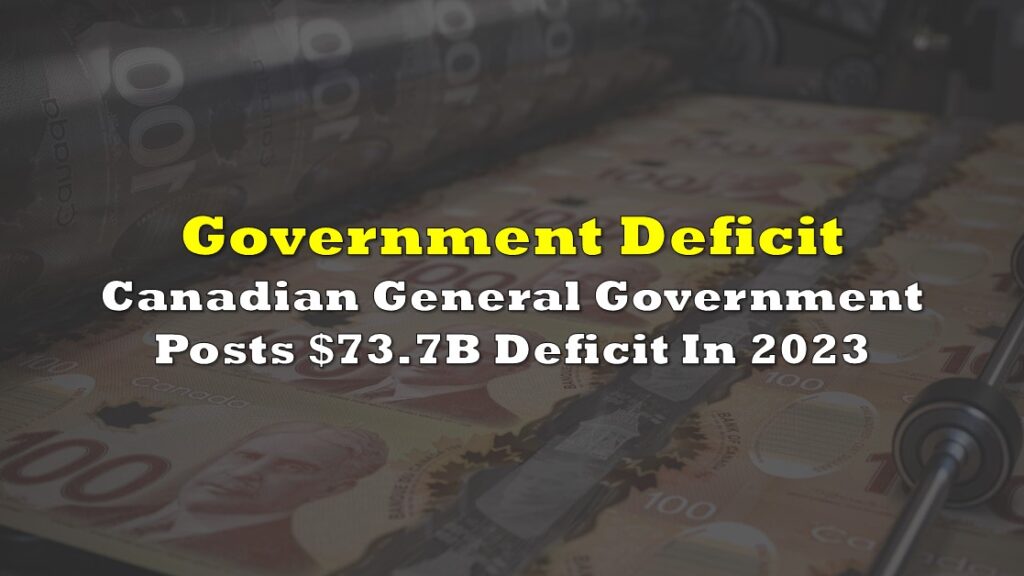Provincial governments across Canada are headed toward significant fiscal deficits in 2025, pressured by persistent economic sluggishness and challenging demographics, according to a new report from The Conference Board of Canada.
“Provinces will continue to feel the pinch from higher interest rates brought on by pandemic‑era spending,” said Richard Forbes, Principal Economist at The Conference Board. “Demographics are creating an additional challenge to regional economies.”
The situation is most stark in Newfoundland and Labrador, projected to lose 10,000 residents in its demographic within five years. Despite a modest 2.1% rise in revenues anticipated for 2025-26 due to increased oil and gas output, demographic decline remains an acute issue.
Quebec confronts tough choices, forced to curtail public spending amid heightened healthcare and educational demands. Revenue growth is forecasted at a mere 1.1% in 2025, sharply down from the previous year’s 6.6%.
Ontario, heavily exposed to US trade tensions, faces a revenue drop of 0.1% this fiscal year. Its ambitious infrastructure plan costing nearly $100 billion could add fiscal stress amid slowing economic growth.
British Columbia faces a sharp financial downturn from slowing investment. Nonetheless, increased royalties and federal support to expedite Western Canadian projects are expected to lift revenues by 4.1% in 2025-26.
Alberta, maintaining Canada’s lowest net debt-to-GDP ratio, remains relatively resilient despite projected revenue declines of 2.5% due to softer oil royalties.
Nova Scotia, despite posting a surprising $82-million surplus last fiscal year, anticipates revenue declines of 2.3% for 2025-26. Modest 2.6 % annual gains through 2029‑30 will only partly reverse the hit.
New Brunswick’s record of surpluses faces risks from its forestry sector, vulnerable to US tariffs. Revenues will rise 3.0% this fiscal year, boosted largely by federal transfers, though this growth is modest compared to historical performance.
Despite growing debt obligations and boosted by significant healthcare and education funding, Manitoba forecasts healthy revenue growth of 6.3% in 2025, moderating slightly in subsequent years. Gains cool to 2.9 % annually through 2029‑30 but still outpace peers.
Saskatchewan expects robust revenue growth driven by population gains and steady personal income taxes. Resource revenues, particularly potash output, bolster projections of 5.7% revenue growth for 2025-26, which averages to 3.3 % through 2029‑30.
Prince Edward Island emerges as an outlier, driven by strong tourism and robust population growth, up 25% since 2015. Revenues are set to climb 5.7% in 2025-26, buoyed by infrastructure improvements such as the Charlottetown airport expansion.
While the immediate fiscal landscape appears challenging, Forbes noted that their fiscal outlook “brightens over the next five years as governments are broadly planning to reduce spending and will benefit from stronger economic growth across the country.”
Information for this briefing was found via the sources and companies mentioned. The author has no securities or affiliations related to this organization. Not a recommendation to buy or sell. Always do additional research and consult a professional before purchasing a security. The author holds no licenses.





